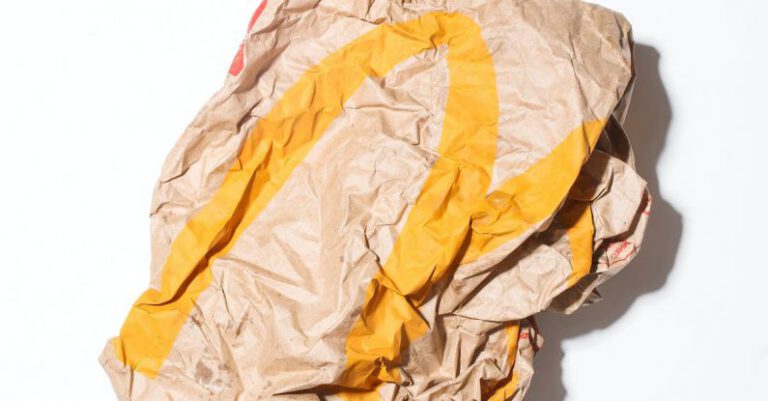How to Shop for Eco-friendly Clothing?
In recent years, there has been a growing awareness of the impact that the fashion industry has on the environment. From the production of fabrics to the disposal of unwanted garments, the fashion industry contributes to pollution, waste, and other environmental issues. As a result, many consumers are now seeking out eco-friendly clothing options that are better for the planet. But how exactly do you shop for eco-friendly clothing? Here are some tips to help you make more sustainable choices.
Research Sustainable Fabrics
One of the first steps in shopping for eco-friendly clothing is to educate yourself about sustainable fabrics. Traditional fabrics like cotton and polyester often require large amounts of water and chemical inputs during production. Instead, look for fabrics made from sustainable materials like organic cotton, hemp, bamboo, and Tencel. These materials are grown without harmful pesticides, use less water, and have a lower carbon footprint. By choosing clothing made from sustainable fabrics, you can reduce your environmental impact.
Look for Certifications
When shopping for eco-friendly clothing, keep an eye out for certifications that indicate the garment meets certain environmental standards. Look for certifications like GOTS (Global Organic Textile Standard) and Oeko-Tex, which ensure that the garment has been produced using environmentally friendly practices. These certifications provide peace of mind that the clothing you are buying is made with sustainability in mind.
Support Ethical and Fair Trade Brands
In addition to being eco-friendly, it’s important to consider the ethics and labor practices of the brands you support. Look for brands that prioritize fair trade practices, ensuring that workers are paid fair wages and work in safe conditions. Supporting ethical brands not only promotes social justice but also encourages sustainable practices throughout the supply chain.
Shop Secondhand
One of the most sustainable options when it comes to clothing is to shop secondhand. By giving a new life to pre-loved clothing, you are reducing the demand for new garments and extending their lifespan. Thrift stores, consignment shops, and online platforms like Depop and Poshmark are great places to find unique and affordable secondhand clothing. Not only is shopping secondhand better for the environment, but it also allows you to express your personal style in a more sustainable way.
Consider the Longevity of the Garment
When shopping for eco-friendly clothing, it’s important to consider the longevity of the garment. Investing in high-quality pieces that are made to last can help reduce waste and save resources in the long run. Look for well-made clothing with durable stitching and quality fabrics. While these items may have a higher upfront cost, they will likely outlast cheaper, lower-quality alternatives.
Take Care of Your Clothes
Lastly, taking care of your clothes can significantly extend their lifespan and reduce your environmental impact. Follow care instructions on the garment’s label, wash items on a gentle cycle, and air dry whenever possible. Avoid using harsh chemicals and opt for eco-friendly detergents. By properly caring for your clothes, you can make them last longer and minimize the need for new purchases.
In conclusion, shopping for eco-friendly clothing is all about making informed choices that prioritize the environment and support sustainable practices. By researching sustainable fabrics, looking for certifications, supporting ethical brands, shopping secondhand, considering the longevity of garments, and taking care of your clothes, you can make a positive impact on the planet through your fashion choices. Together, we can create a more sustainable and ethical fashion industry.






